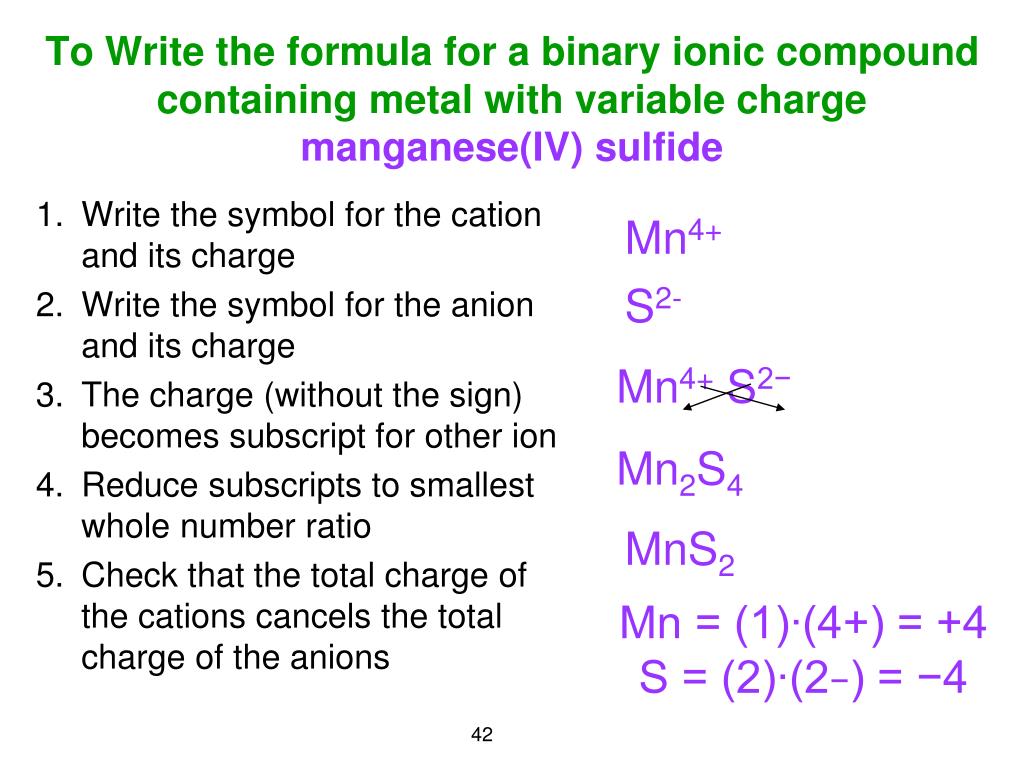

Some of these compounds, where they are found, and what they are used for are listed in.

Names of Some Polyatomic Ionic CompoundsĮvery day you encounter and use a large number of ionic compounds. by naming first the cation and then the anion. Names of Some Ionic Compounds NaCl, sodium chlorideĬompounds containing polyatomic ions are named similarly to those containing only monatomic ions, i.e. The name of a binary compound containing monatomic ions consists of the name of the cation (the name of the metal) followed by the name of the anion (the name of the nonmetallic element with its ending replaced by the suffix – ide). First, is the compound ionic or molecular? If the compound is ionic, does the metal form ions of only one type (fixed charge) or more than one type (variable charge)? Are the ions monatomic or polyatomic? If the compound is molecular, does it contain hydrogen? If so, does it also contain oxygen? From the answers we derive, we place the compound in an appropriate category and then name it accordingly.

To name an inorganic compound, we need to consider the answers to several questions. The rules for organic compounds, in which carbon is the principle element, will be treated in a later chapter on organic chemistry. We will limit our attention here to inorganic compounds, compounds that are composed principally of elements other than carbon, and will follow the nomenclature guidelines proposed by IUPAC.
#CHROMIUM III SULFIDE FORMULA HOW TO#
The simplest of these are binary compounds, those containing only two elements, but we will also consider how to name ionic compounds containing polyatomic ions, and one specific, very important class of compounds known as acids (subsequent chapters in this text will focus on these compounds in great detail). This module describes an approach that is used to name simple ionic and molecular compounds, such as NaCl, CaCO 3, and N 2O 4. Nomenclature, a collection of rules for naming things, is important in science and in many other situations.


 0 kommentar(er)
0 kommentar(er)
